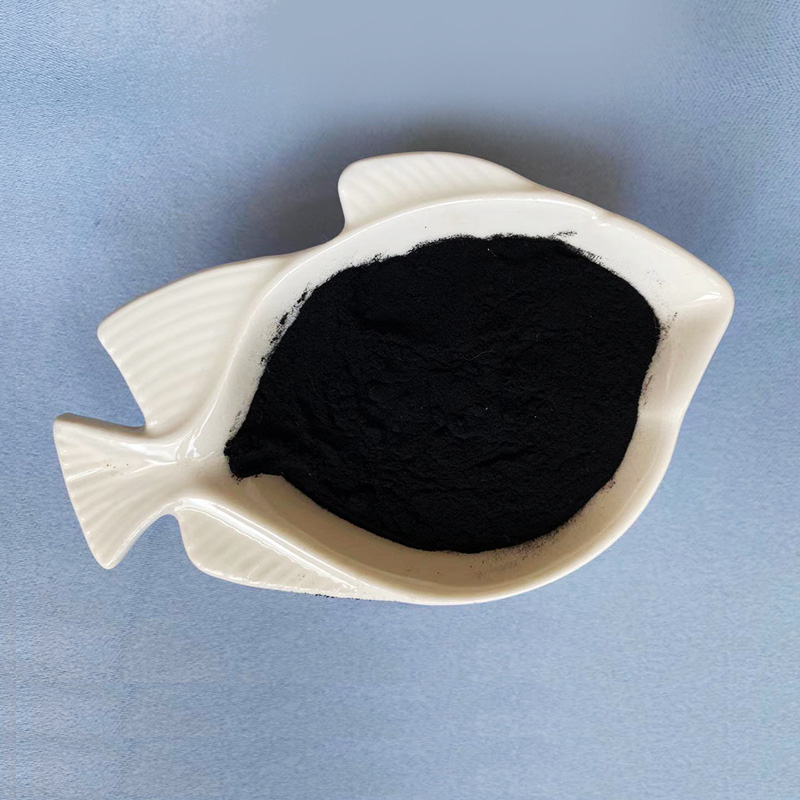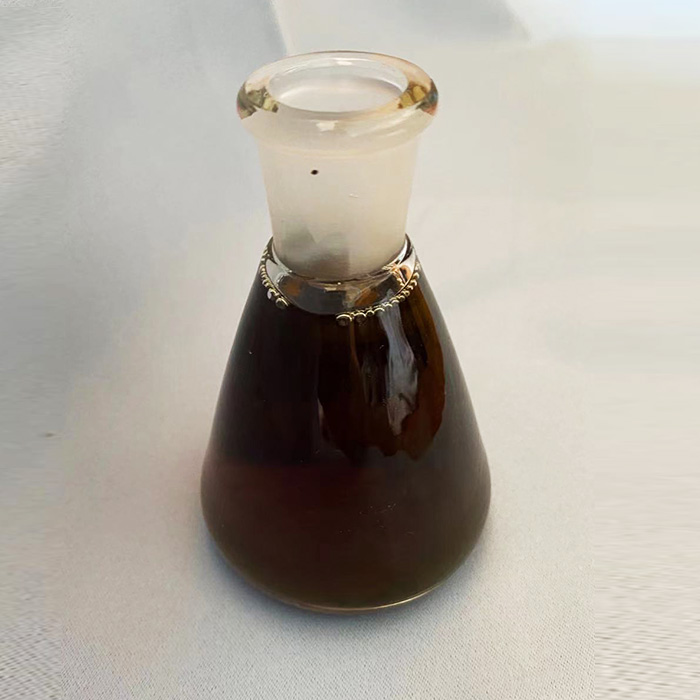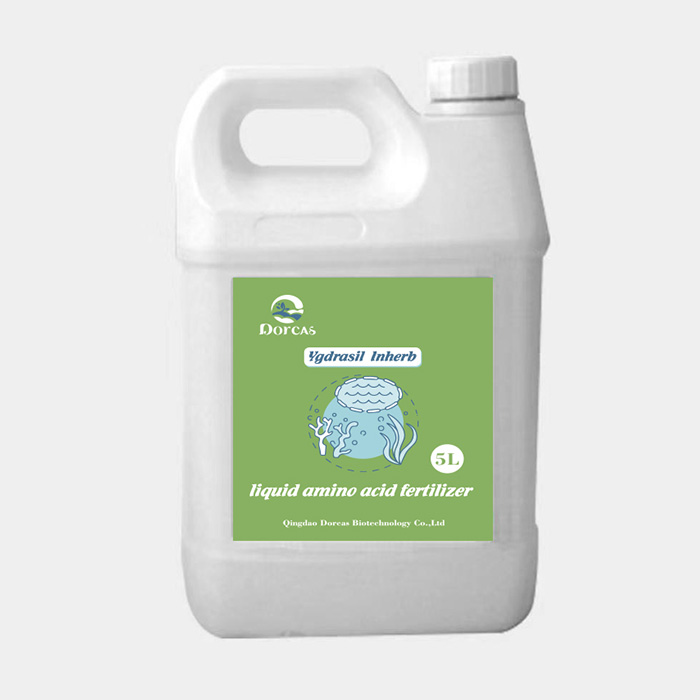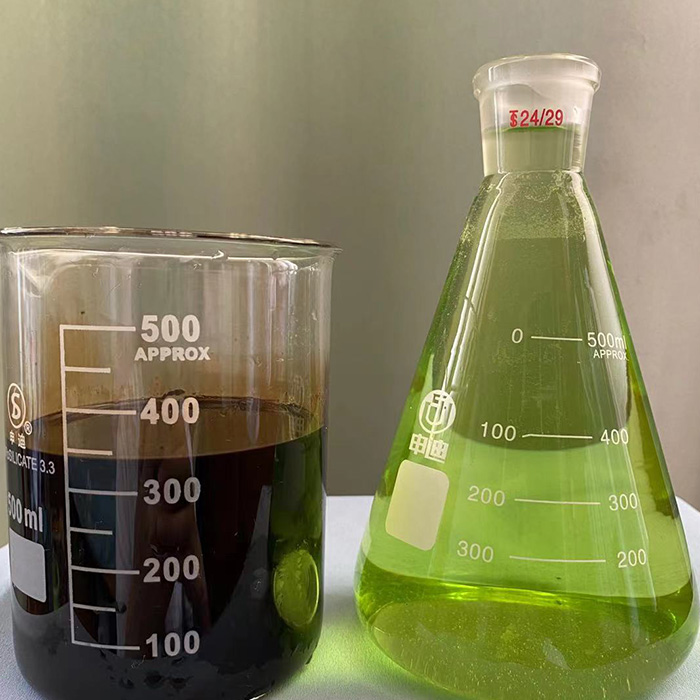Apr 16, 2025
1、 Three misunderstandings of foliar fertilization
(1) As long as it can be sprayed, wrong!
When spraying fertilizer, some farmers like to apply several kinds of fertilizer together, thinking that the more complete the variety, the better the effect. As long as it can be "melted", it can be sprayed as leaf fertilizer. In fact, it is not. For example, highly volatile fertilizers, such as ammonia and ammonium bicarbonate, will cause damage to crops and burn leaves after spraying, so they can not be used as leaf fertilizer.
In addition, many micro fertilizers cannot be mixed with pesticides, and acidic and alkaline fertilizers cannot be mixed and sprayed. Fertilizer fertilizer and fertilizer medicine should be mixed and applied in a targeted way to play the role of "one-time spraying, multiple effects", otherwise it will be counterproductive.
(2) The higher the spraying concentration, the better. Wrong!
For example, high nitrogen water-soluble fertilizer and potassium dihydrogen phosphate are only suitable for application below 1%, and more medium and trace element fertilizers such as calcium fertilizer, calcium boron fertilizer, zinc fertilizer, chelated iron and chelated copper are only suitable for application below 0.2%.
(3) Can be sprayed at any time, wrong!
Foliar fertilizer spraying is best carried out in the growth transition period of crops, with an interval of at least 20 days. Generally speaking, it is sprayed 2-3 times per season.

The suitable period of foliar fertilizer spraying of different plants and fertilizers is also different. Rice, corn, wheat and other cereal crops should be sprayed with fertilizer during booting, flowering and grain filling.
2、 Factors affecting the application effect of foliar fertilizer
(1)Blade
New leaves with thin cuticle and strong leaf activity have good absorption effect of foliar fertilizer.
High nitrogen water-soluble fertilizer can soften the cuticle of epidermal cells and accelerate the infiltration of other nutrients. Therefore, urea has become an important component of foliar fertilizer.
(2)Nutritional status of plants
Plants lacking nutrients have a strong ability to absorb nutrients. The plant grows normally, the nutrient supply is sufficient, and the absorption is less after spraying foliar fertilizer.
(3) Environmental conditions
Light, humidity and temperature have great effects on the absorption of leaf fertilizer. The light is weak and the air humidity is high, which is conducive to the absorption of foliar fertilizer.
(4) Properties of spraying solution
Solution concentration, pH value, solution surface tension and nutrient element mobility also affect the absorption of foliar fertilizer.
When supplying cation, adjust the solution to slightly alkaline; When supplying anions, the solution is adjusted to slightly acidic, which is conducive to the absorption of nutrient elements.

(5) Movement speed of various elements in plant leaves
The moving speed of nutrient elements in leaves is generally as follows: nitrogen > potassium > phosphorus > sulfur > zinc > iron > copper > manganese > molybdenum > boron > calcium.
When spraying nutrient elements that are not easy to move, it is necessary to increase the spraying times and pay attention to the spraying parts, such as iron, boron, molybdenum and so on, which move slowly. The effect of spraying on new leaves is better.
(6) Fertilizer spraying time
Soybean, peanut, broad bean, kidney bean and other legume crops should be sprayed with fertilizer during flowering and pod setting. Cotton should be sprayed with fertilizer during the flowering and Bolling period.
Molybdenum fertilizer should be sprayed before flowering. The effect of spraying boron fertilizer and zinc fertilizer is the best at the early flowering stage. It is recommended to spray chelated liquid boron fertilizer and zinc fertilizer imported from Israel and the UK at the early flowering stage, which is safer than ordinary boron and zinc fertilizer and easy to be absorbed by crops
Dorcas, a leading biotechnology factory in Qingdao, China. As top three manufacturers of seaweed fertilizer in China with more than12 years of experience. We produce seaweed extract, organic granular fertilizer, liquid foliar & vigoroot fertilizer and liquid chitosan fertilizer with biological enzymolysis method. We passed ECOCERT and IMO certification.
More detail: www.dorcas-bio.com



